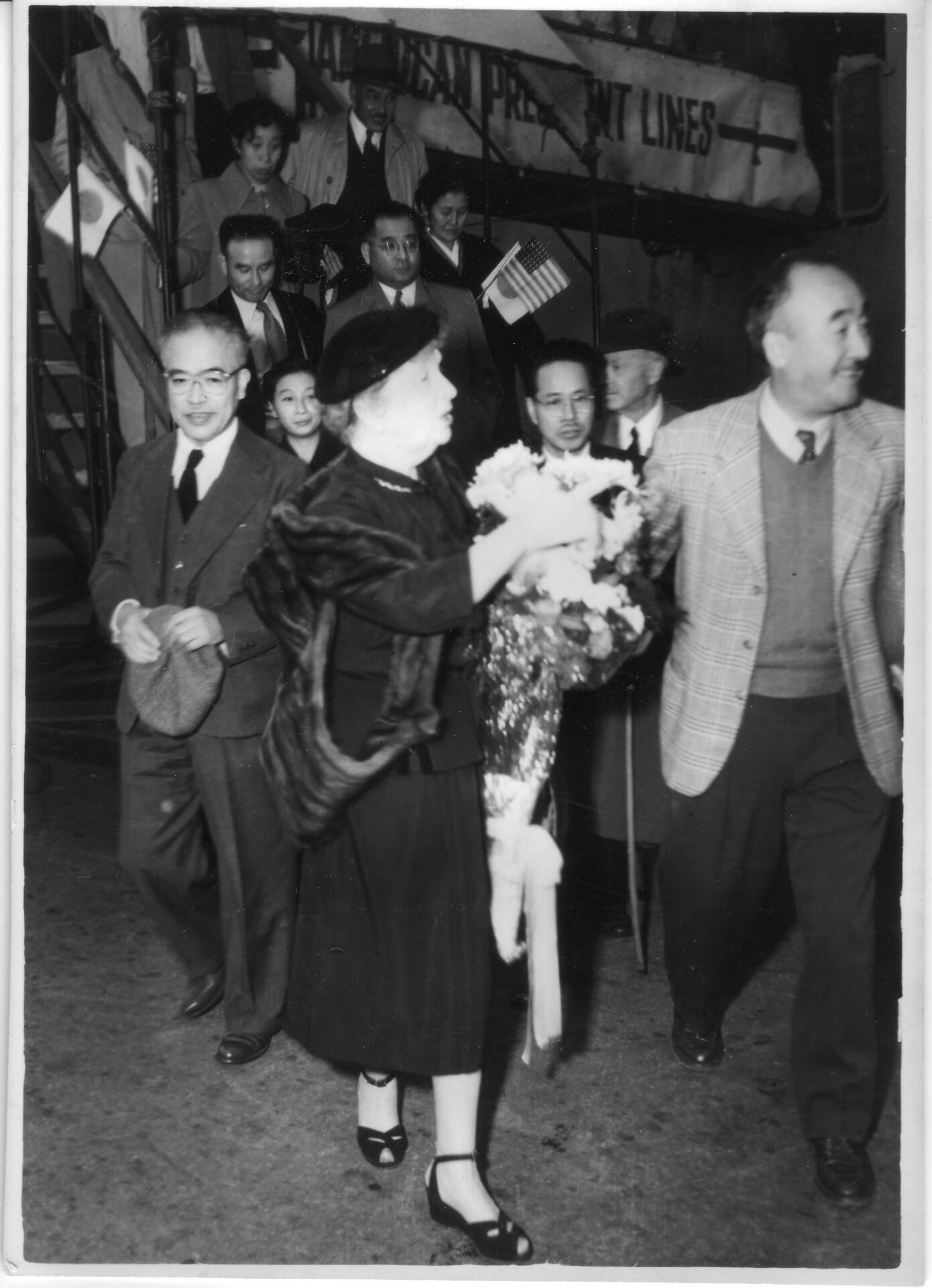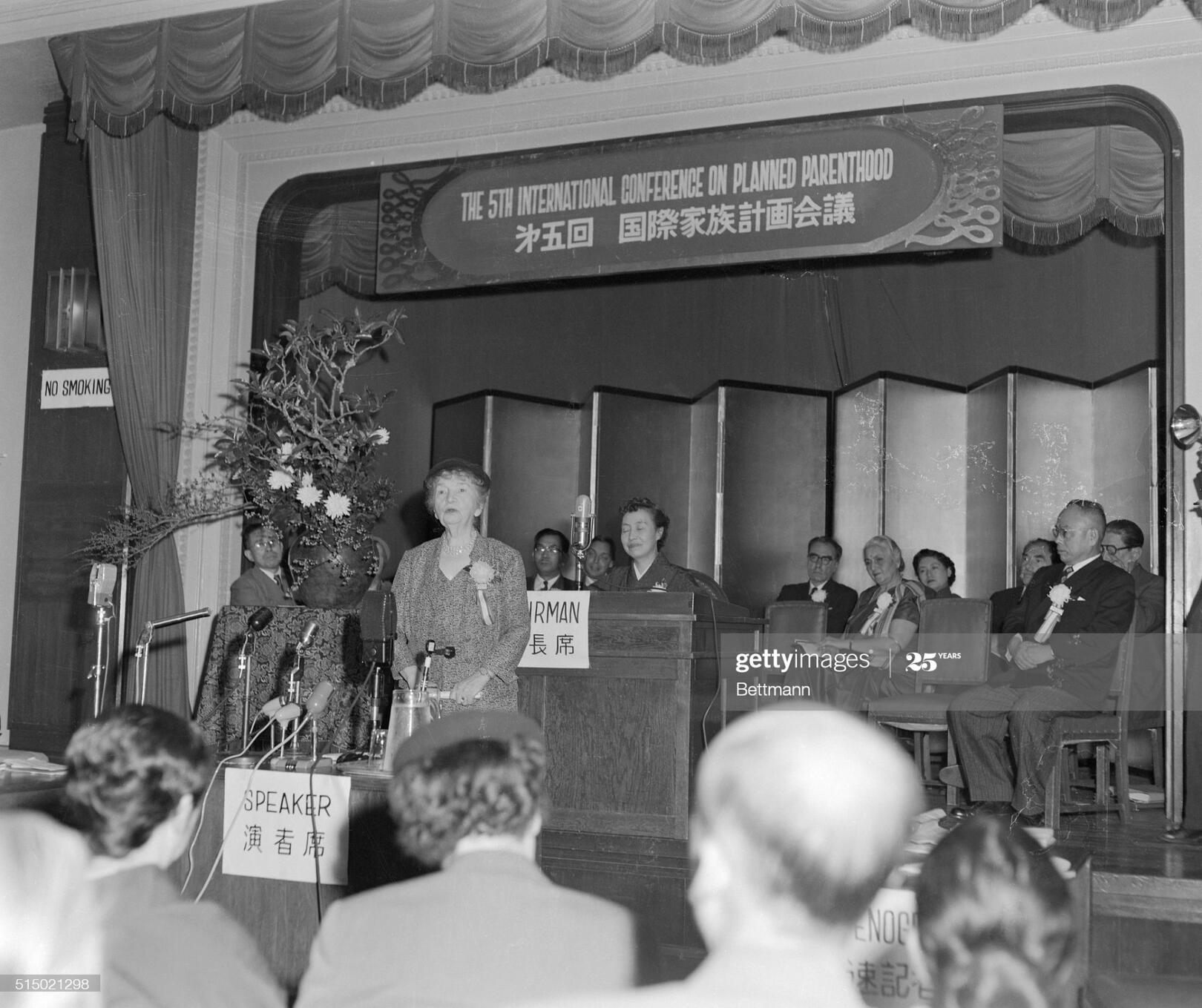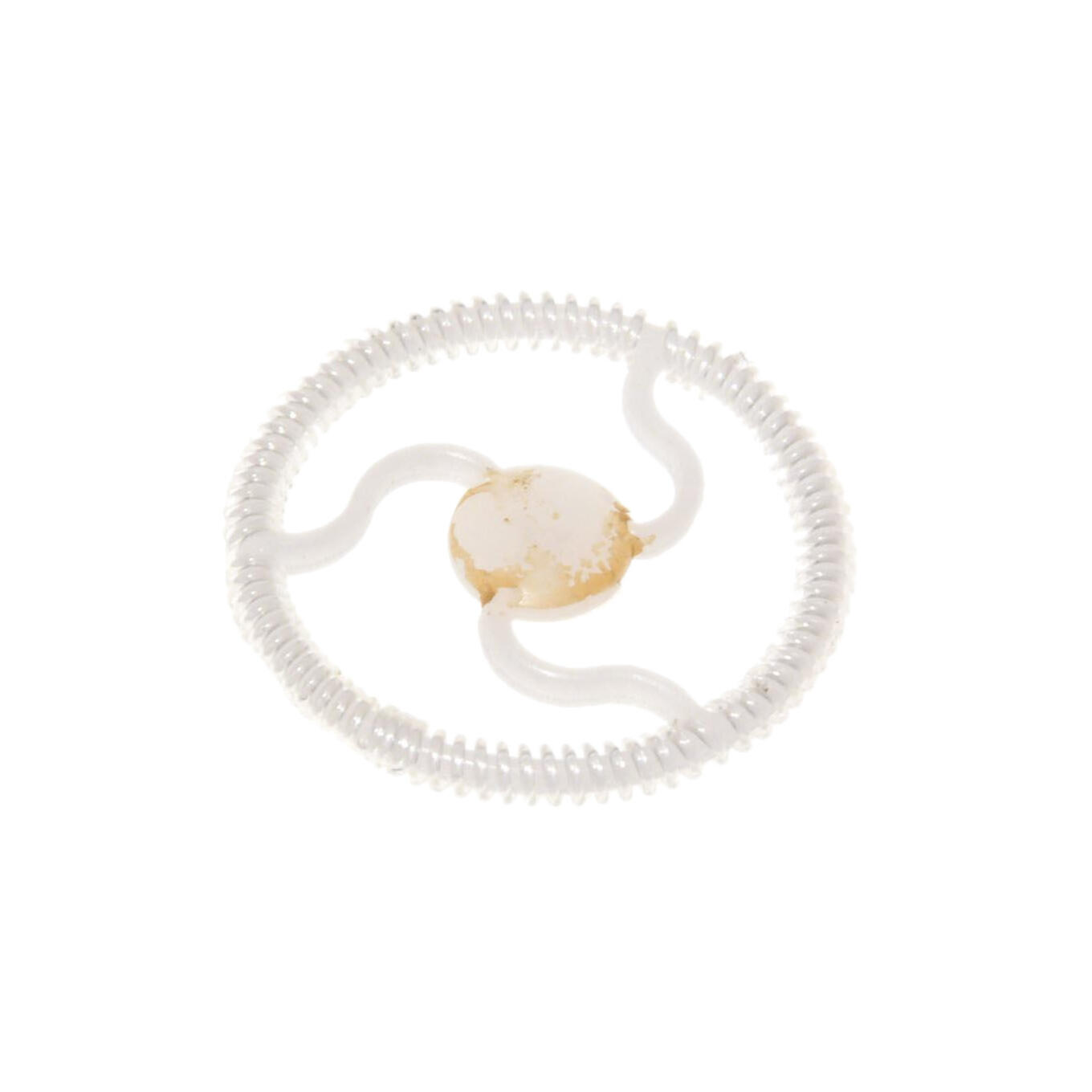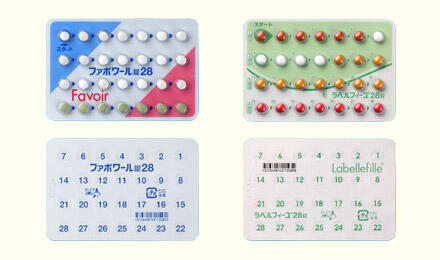postwar TIMELINE OF THE BIRTH CONTROL MOVEMENT
Post-war Japan. Photo from Constitutional Change in Japan "Japan's Postwar Constitution".
1947
First Baby Boom (1947-1949): population growth of 31 per 1,000 population
The Eugenic Protection Bill was introduced by Socialist Party representatives Fukuda Masako, Kato Shizue, and Ota Tenrei, to the Diet to legalize contraception, eugenic sterilization, and physician-supervised abortion, but it failed.
1948
The Eugenic Protection Law was enacted but with a focus on eugenic sterilization and physician-supervised abortion, not successfully legalizing contraception.
The amendment of the Eugenic Protection Law permitted some abortions for economic reasons.
1949
1951
The “Family Planning Extension Guidelines” was announced and the Eugenic Protection Law was amended, leading to the creation of Eugenic Protection Consultation Clinics and the Family Planning Worker System.
Sanger waving to the Japanese crowd upon arrival in the country in 1955. Photo from Margaret Sanger Papers Project's Website.
1952
Sanger visited Japan for the third time and was received with warmth by the Japanese public.
1954
Kato was arrested for her affiliation with the birth control movement.
(Original Caption) The Principal Speaker at the Fifth International Birth Control Conference held in Tokyo, Margaret Sanger, is shown as she addresses the delegates who attended the five- day meeting. The conference was held in Tokyo, because Japan is one of the most overpopulated countries. Mrs. Sanger, president of the International planned parenthood federation, disclosed that an American scientist has almost perfected a small "oral contraceptive" which can be eaten like candy, and described the discovery as one that " may revolutionize the world." Photo from Bettman via Getty Images.
1955
Abortion rates in Japan peaked, and the country was regarded as an “abortion paradise”. The “Family Planning Special Project” commenced and special measures allowed the sale of contraceptives. The government paid for the cost of contraceptives for low-income earners.
Sanger visited the country for the fourth time for the international community at the 5th International Planned Parenthood Federation (IPPF) Conference in Tokyo where a hormonal contraception method was introduced.
1960
The prevalence rate of contraception reached 43%, overtaking abortion rate.
Dr. Ota Ring. Photo from the Museum of Contraception and Abortion.
1974
The Ota Ring (a type of Intrauterine Device or IUD) was approved globally.
1996
The Eugenic Protection Law was revised and became the Mother’s Body Protection Law.
Oral Contraceptives. Photo from Murata Ladies Clinic.
1999
The low-dosage oral contraceptive pill was approved.
Photo background: Margaret Sanger and Kato Shizue at the Fifth International Conference on Planned Parenthood, held October 24-29, 1955 in Tokyo, Japan from Margaret Sanger Papers Project's Website.
Taking Control: The Conquest for the Legalization of Birth Control in Japan
A Digital Exhibit by Mallari and Shiojiri




